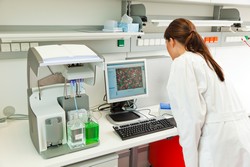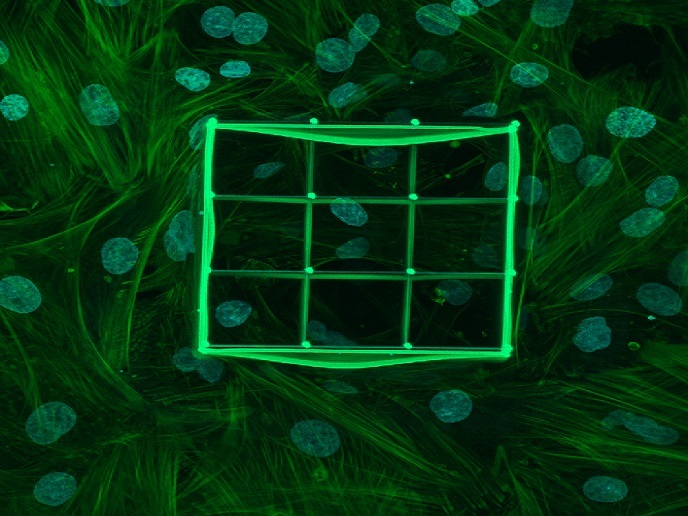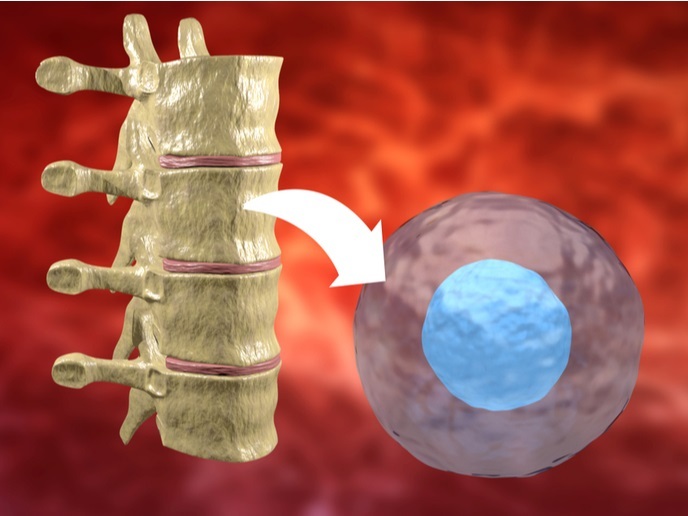The future of property rights in biomedical research
Thanks to EU funding, the BIOPROPERTY(opens in new window) (Biomedical research and the future of property rights) project examined the changing structures of ownership in the life sciences through a series of case studies. It covered three biomedical innovation areas: research and development on neglected tropical diseases; distribution of genetically modified animals and human/animal mixtures; and the development and use of pluripotent stem cells. Project partners addressed the complex and geographically distributed interactions involved in transnational biomedical research. As such, they studied governance, exchange, sharing, value creation and appropriation practices that occur in transnational clinical trials. Team members also investigated the role mediating actors, virtual organisations and open laboratories play in allowing the sharing of proprietary assets between public and private actors involved in drug discovery and development. The BIOPROPERTY team explored the proprietary status of novel combinations of human and animal materials. This included the genetic manipulation of animals and the advances in embryo and stem cell technologies making it possible to combine animals with human tissues and cells. Research covered human-animal chimeras, avian flu research and management, and genetically modified insects. Researchers analysed the changing laws on stem cell patenting in Europe and North America, the disputed production of entitlements to pluripotent life and the relationship between legal and research approaches in a fluid intellectual property rights environment. BIOPROPERTY developed a greater understanding of how property rights arise during scientific work, how they are questioned and ultimately settled, and how various property regimes influence biomedical research output.







